The unforgettable massacre of Halabja
Genocide 02:29 PM - 2022-03-15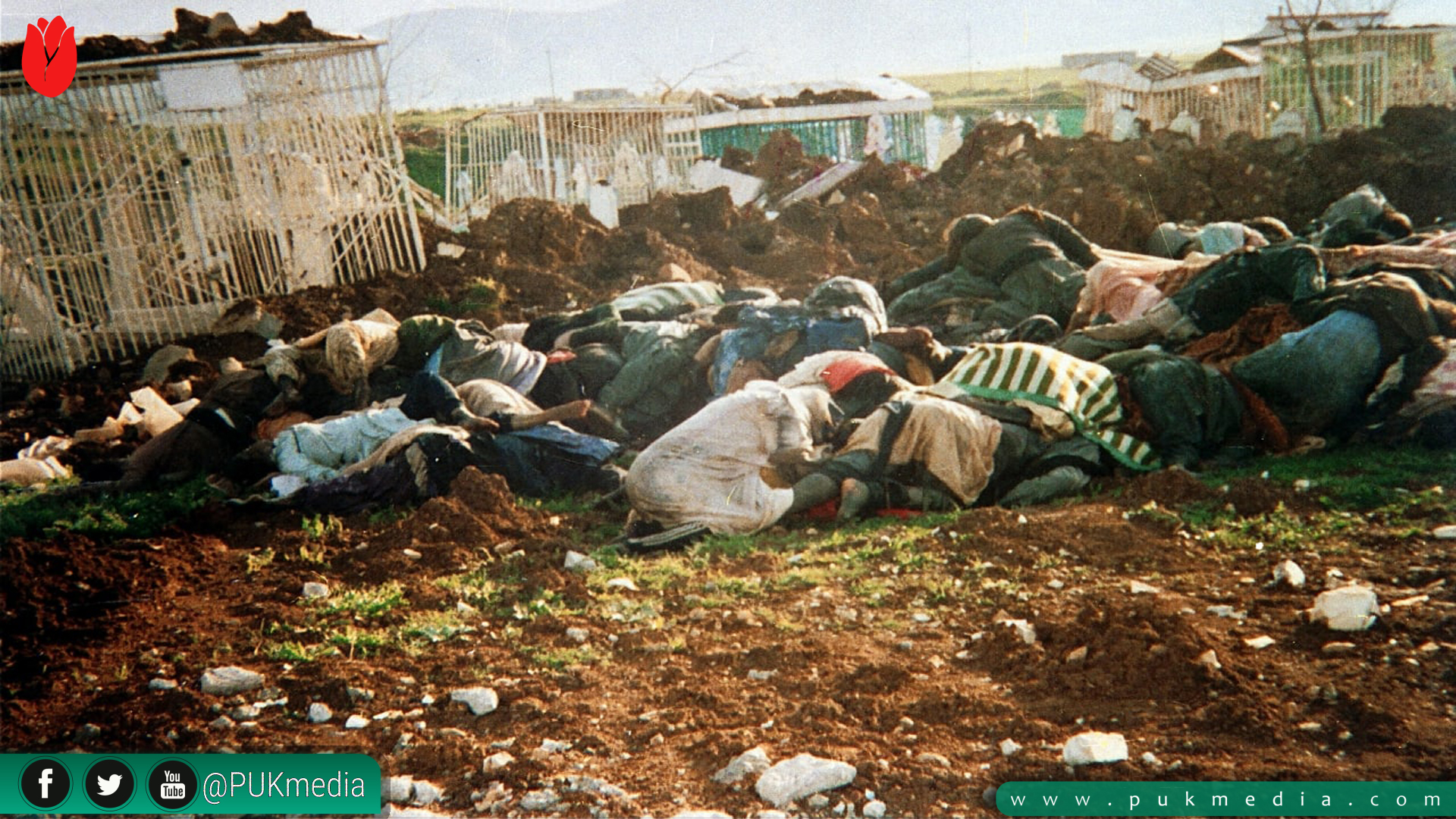
Halabja massacre, or Bloody Friday, was a genocidal massacre against the Kurdish people that took place on March 16, 1988.
During the closing days of the Iran–Iraq War, chemical weapons were used by the Iraqi government forces in the Kurdish Governorate of Halabja in Southern Kurdistan.
The attack killed between 3,200-5,000 people and injured around 7,000 to 10,000 more, most of them civilians; thousands more died of complications, diseases, and birth defects in the years after the attack.
The incident, which has been officially defined as an act of genocide against the Kurdish people in Iraq, was and still remains the largest chemical weapons attack directed against a civilian-populated area in history.
On March 16, 1988, Iraqi warplanes and artillery pounded with mustard gas and the deadly nerve agent sarin. 5,000 people - mainly women and children - died on the day, and up to 12,000 have lost their lives since.
The result of the chemical warfare attack on Halabja was one of the worst sights to be seen. Everywhere huddled bodies were lying on the streets, sheltering against walls. Many of them were protecting someone else, who was also dead: a baby, a child, a wife.
The Iraqi air force used a variety of chemicals against Halabja: nerve agents like VX, Sarin, and Tabun, and the terrible but far more primitive mustard gas, the use of which dates back to World War I.
There were two days of conventional bombing before the gas attack. It seems as though Ali Hassan al-Majid wanted to break the windows, so there would be as little resistance to the gas as possible.
Moreover, 31 years later, the horror is not over. Some of the mustard gas which was used is still present in the cellars of the town, where people took refuge during the bombing.
Unlike the nerve agents, which evaporated very fast, mustard gas is heavier than air. It sinks and forms pockets which are still dangerous today.
The Halabja attack has been recognized as a separate event from the Anfal Genocide that was also conducted against the Kurdish people by the Iraqi regime under Saddam Hussein's ruling. The Iraqi High Criminal Court recognized the Halabja massacre as an act of genocide on March 1, 2010, a decision welcomed by the Kurdistan Regional Government. The attack was also condemned as a crime against humanity by the Parliament of Canada.
Chemical attacks
The five-hour attack began early in the evening of March 16, 1988, following a series of indiscriminate conventional (rocket and napalm) attacks, when Iraqi MiG and Mirage aircraft began dropping chemical bombs on Halabja's residential areas, far from the besieged Iraqi army base on the outskirts.
According to regional Kurdish rebel commanders, Iraqi aircraft conducted up to 14 bombings in sorties of seven to eight planes each; helicopters coordinating the operation were also seen. Eyewitnesses told of clouds of smoke billowing upward "white, black and then yellow"', rising like a column about 150 feet (46 m) in the air.
Survivors said that at the beginning, the gas smelled like sweet apples and that people died in several ways, some of the victims just dropped dead while others died laughing, and others took a few minutes to die.
It is believed that Iraqi forces used multiple chemical agents during the attack, including mustard gas and the nerve agents sarin, tabun, and VX; some sources have also pointed to the blood agent hydrogen cyanide (most of the wounded taken to hospitals in the Iranian capital Tehran were suffering from mustard gas exposure.).
Discovery
The first images after the attack were taken by Iranian journalists who later spread the pictures in Iranian newspapers; a film of the atrocity was also shown worldwide via news programs.
Some of the first pictures were taken by Iranian photographer Kaveh Golestan. Recalling the scenes at Halabja, Golestan described the scene to Guy Dinmore of the Financial Times. He was about eight kilometers outside Halabja with a military helicopter when the Iraqi MiG-23 fighter-bombers flew in.
"It was not as big as a nuclear mushroom cloud, but several smaller ones: thick smoke," he said. He was shocked by the scenes on his arrival in Halabja, though he had seen gas attacks before during the Iran-Iraq War.
Golestan continued, "It was life frozen. Life had stopped, like watching a film, and suddenly it hangs on one frame. It was a new kind of death to me. You went into a room, a kitchen, and you saw the body of a woman holding a knife where she had been cutting a carrot. (...) The aftermath was worse. Victims were still being brought in. Some villagers came to our chopper. They had 15 or 16 beautiful children, begging us to take them to the hospital. So all the press sat there, and we were each handed a child to carry. As we took off, fluid came out of my little girl's mouth, and she died in my arms."
Medical and genetic consequences
In surveys by local doctors, a higher percentage of medical disorders, miscarriages (14 times higher), and colon cancer (10 times higher) was found in Halabja compared to Chamchamal. Additionally, other cancers, respiratory ailments, skin and eye problems, fertility, and reproductive disorders are measurably higher in Halabja and other areas caught in chemical attacks.
Some of the survivors later developed medical problems. Doctors believe stemmed from the chemicals, and there are concerns that the attack may be having a lasting genetic impact on the Kurdish population, as preliminary surveys show increased rates of birth defects.
Becoming a governorate
On March 13, 2014, a delegation from Halabja visited KRG’s Council of Ministers to discuss the decision on making Halabja a province officially. The President of Kurdistan Region and Head of the KRG signed the papers for recognizing Halabja as a governorate, and a governor was appointed for it.
PUKmedia
More news
-
UAE Classifies Khor Mor Attack as Terrorism, International Violation
07:49 PM - 2024-04-27 -
Officials Call for Urgent Investigation Into Khor Mor Gas Field Attack
10:31 PM - 2024-04-26 -
Another International Report Mentions Kurdistan's Limited Freedom
09:24 PM - 2024-04-25 -
U.S. State Department Mentions Deterioration of Journalists' Rights in Iraq & Kurdistan
06:48 PM - 2024-04-25
see more
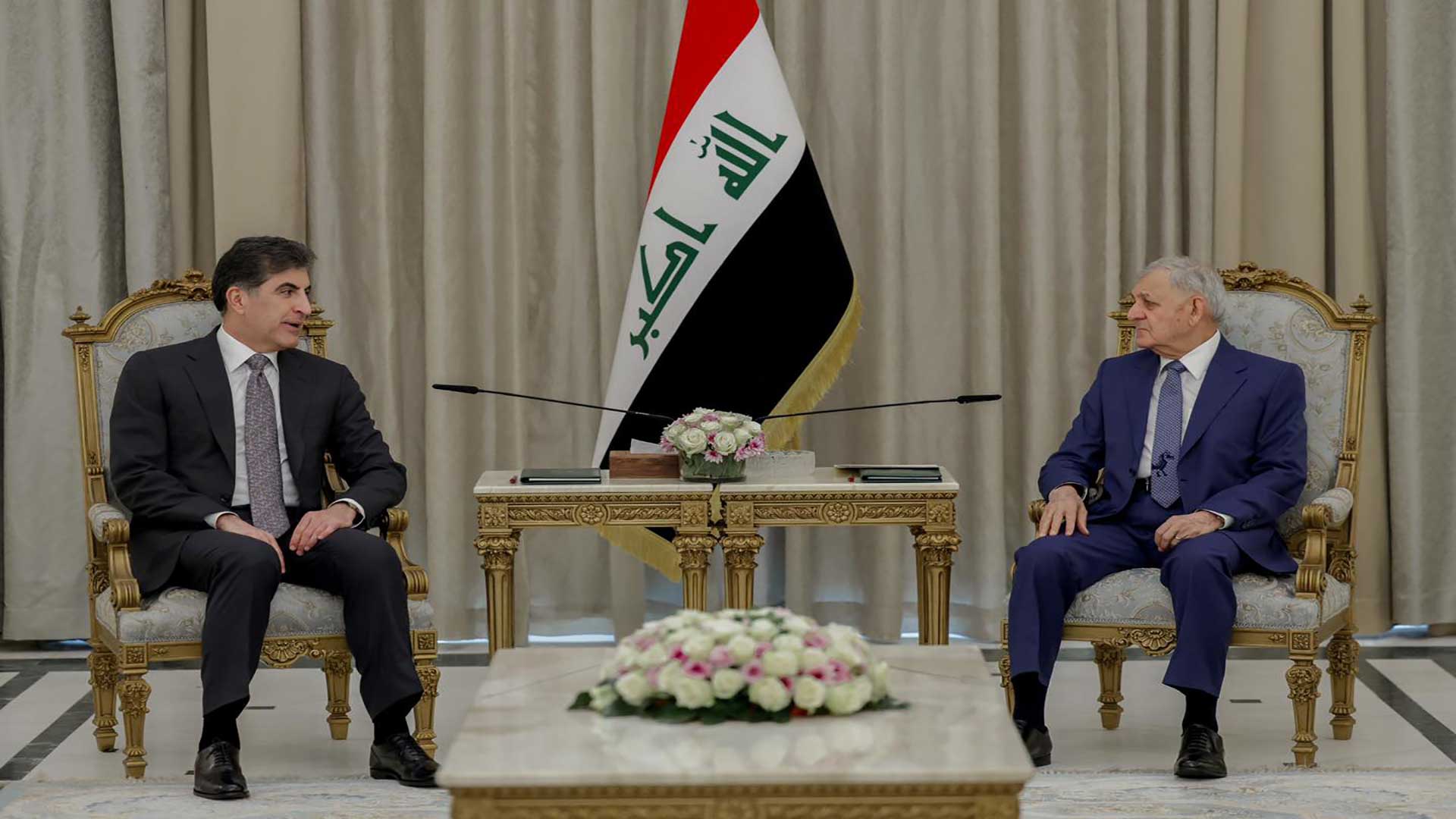
Kurdistan 11:36 AM - 2024-04-28 Iraqi President Stresses Constitutional Resolution of Outstanding Issues
Yemen Reveals Khor Mor Victims' Names
07:28 PM - 2024-04-27
Khor Mor Drone Attack Sparks International Reaction
11:04 AM - 2024-04-27
10 Notable Individuals Receive Golden Bla Award
09:27 PM - 2024-04-23
DPM Talabani Asks Turkish President to Lift Ban on Sulaymaniyah Airport
11:43 AM - 2024-04-23
Most read
-
UAE Classifies Khor Mor Attack as Terrorism, International Violation
Kurdistan 07:49 PM - 2024-04-27 -
Yemen Reveals Khor Mor Victims' Names
Kurdistan 07:28 PM - 2024-04-27 -
Iraqi President Stresses Constitutional Resolution of Outstanding Issues
Kurdistan 11:36 AM - 2024-04-28

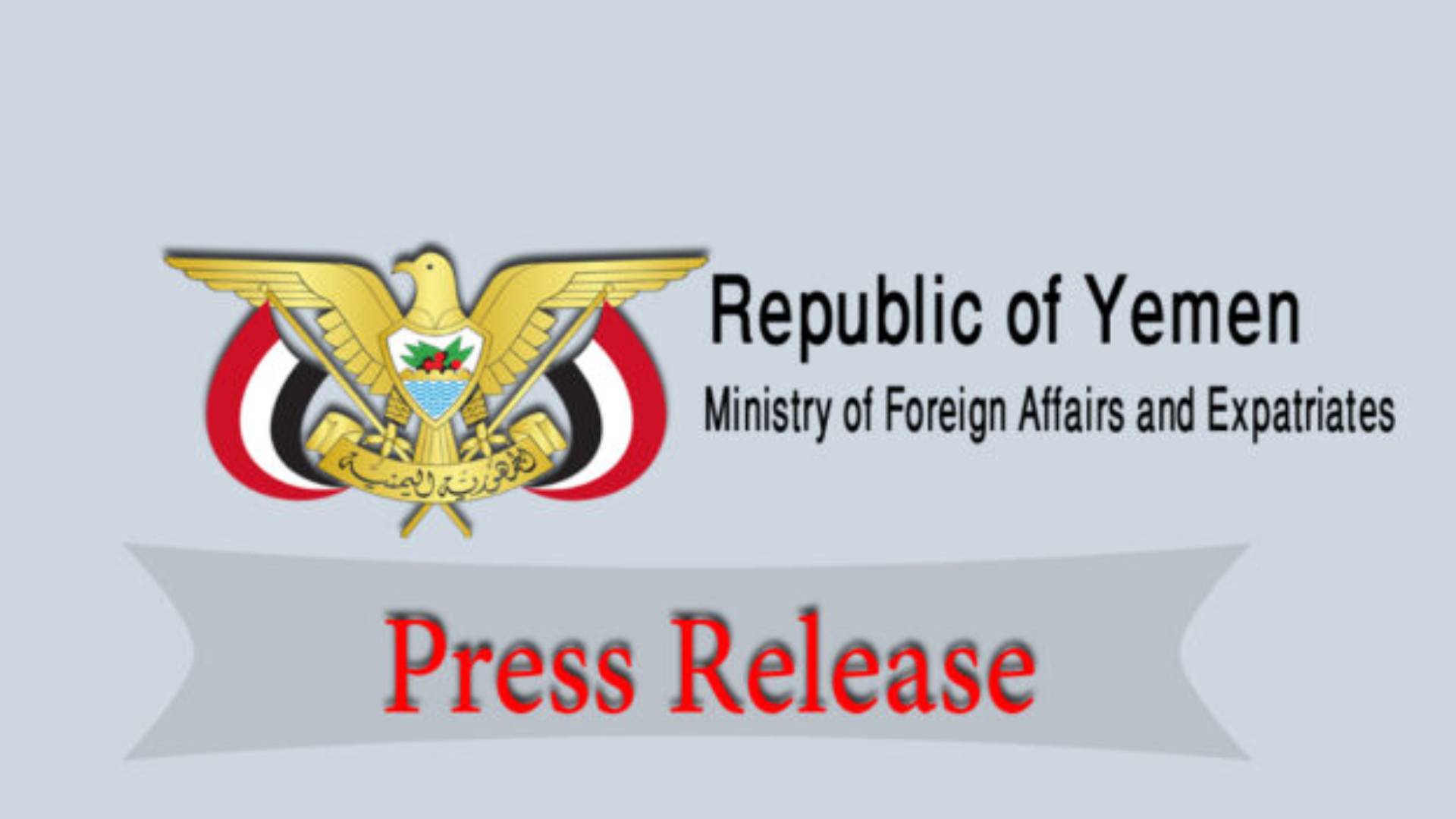
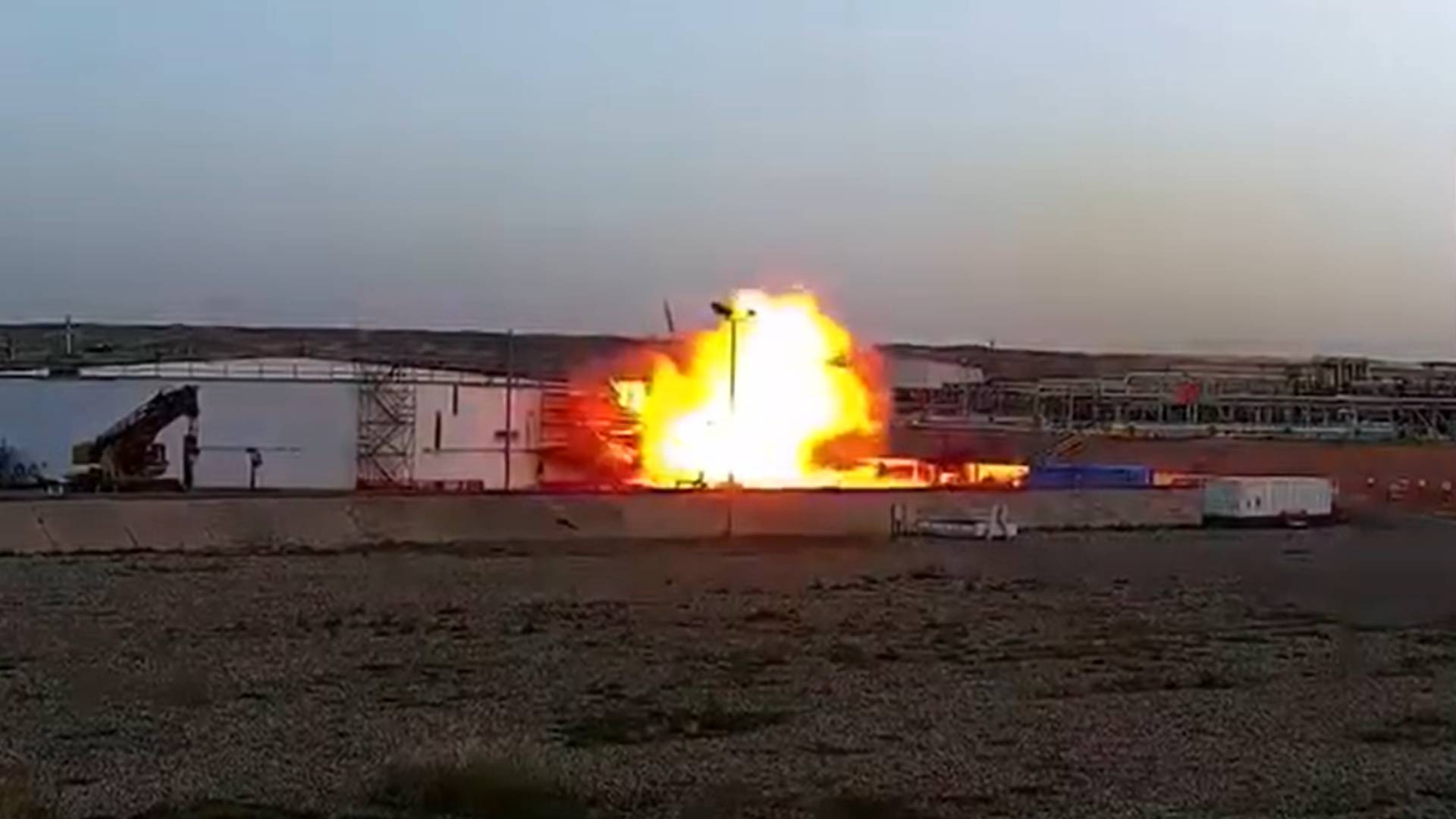
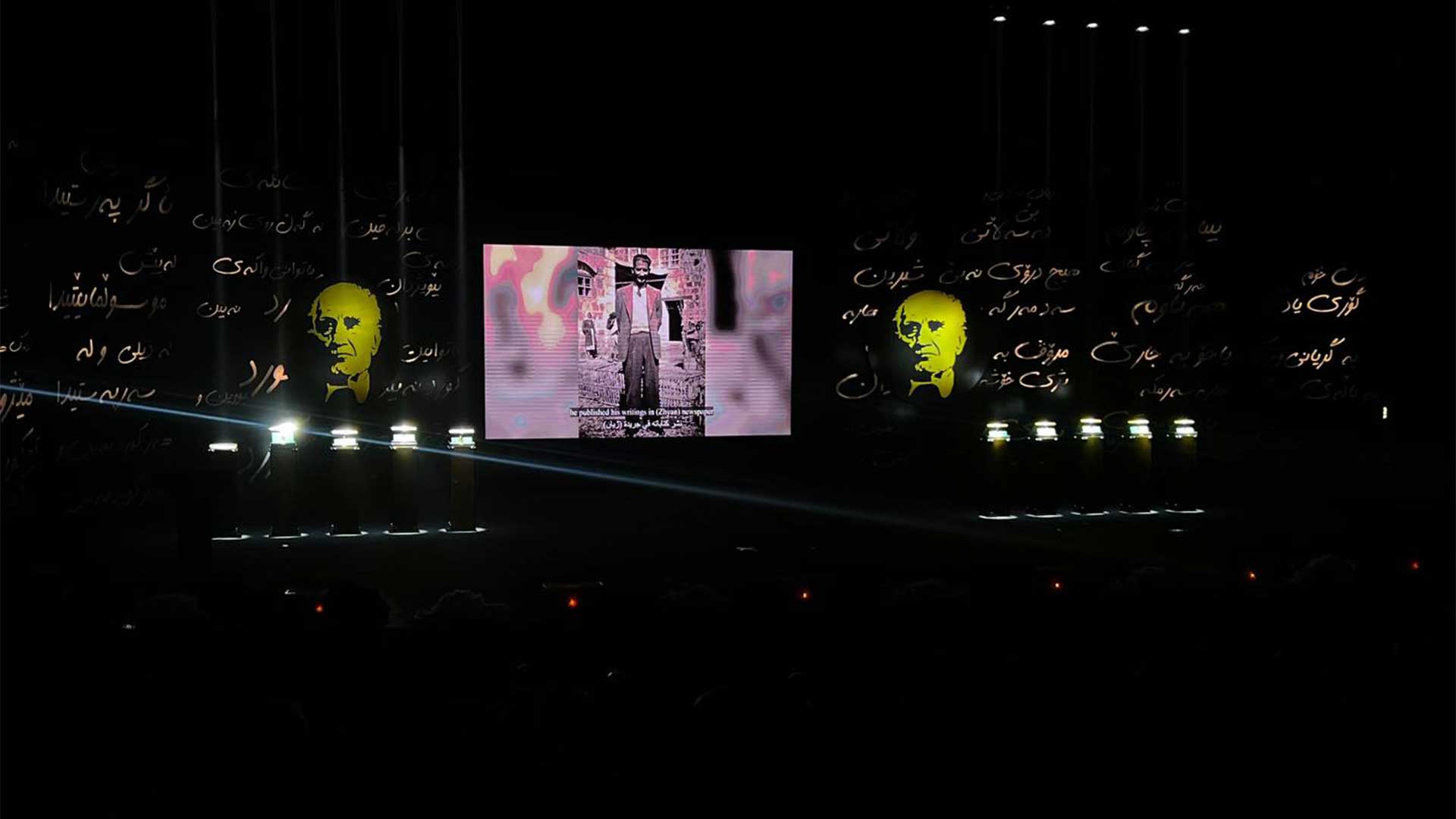
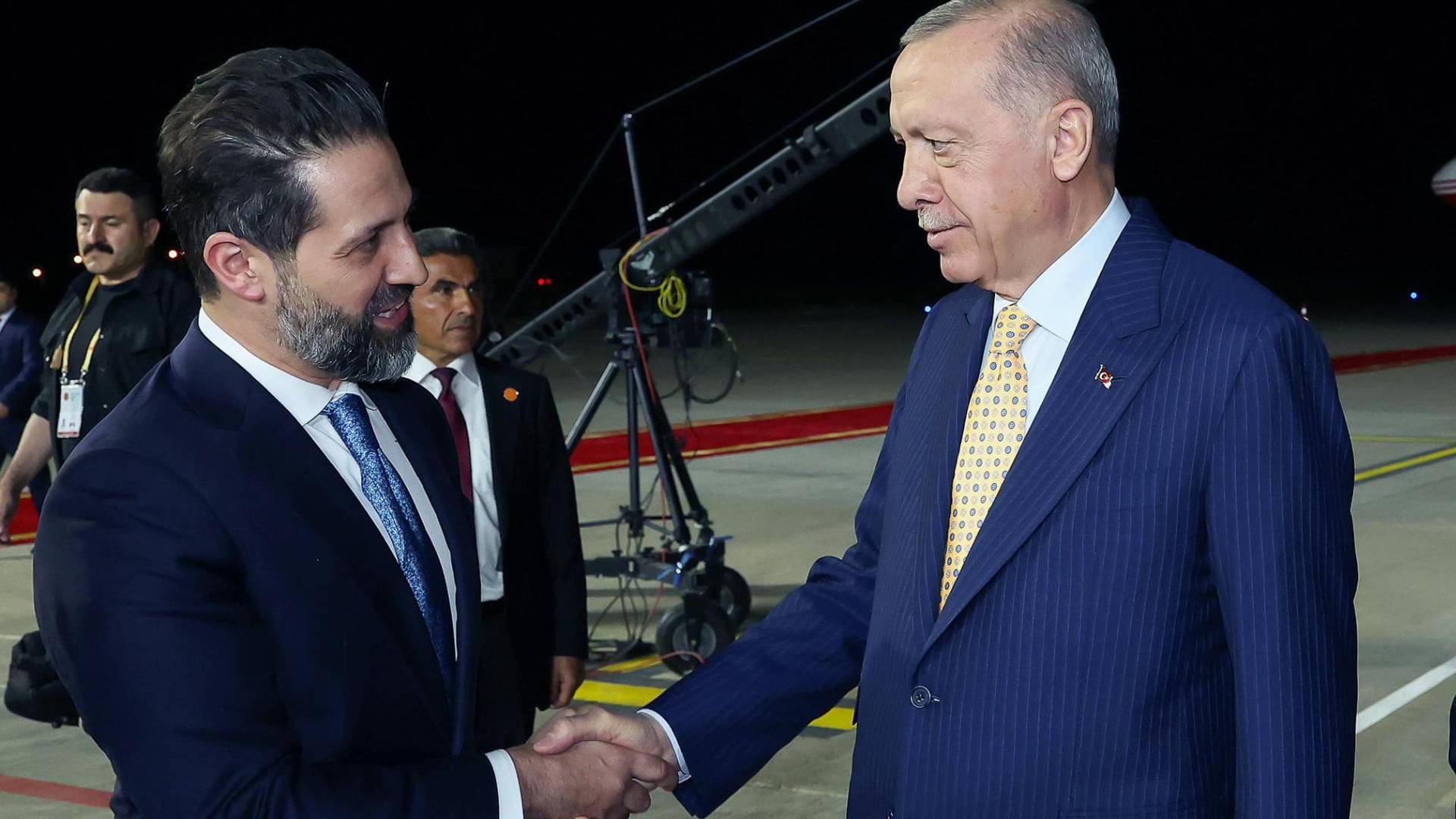
 Application
Application


